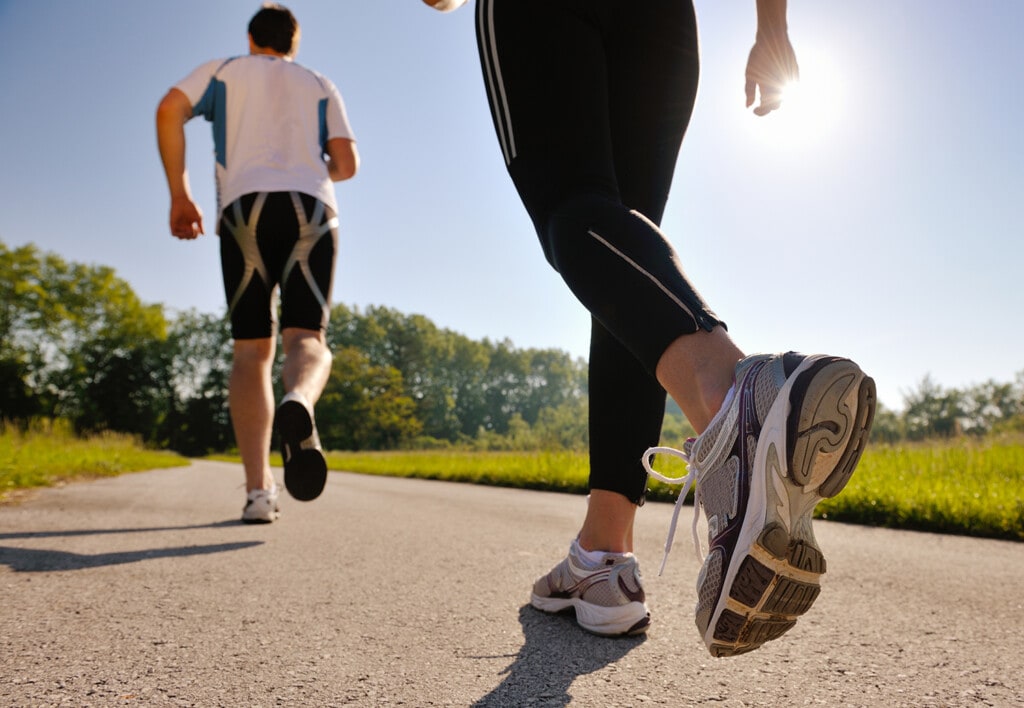Published on: 02/23/2023
In a hurry? Go directly to the top 7.
As you picked your first pair of running shoes, you’ll undoubtedly have come across the term “overpronation.” (1) This refers to the running style where the foot collapses inwards, modifying your whole body position as you move. However, less information exists about another type of movement in the running gait cycle: supination.
Also known as underpronation, supination refers to the landing style whereby a runner’s foot strike finishes with them rolling mostly towards the outer edge of the foot or shoe. This can make such athletes more prone to ankle injuries and a destabilizing running style. The good news is that this can be treated. With adequate running shoes and additional tips and exercises, underpronation’s negative effects can be reduced so you can run healthier for longer.
In this article, we’ll share our top picks of running shoes for supinators and give you some important information about how to deal with this running style.
Are you looking for regular shoes? Check out our selection of the best road models for 2024!
Our Method
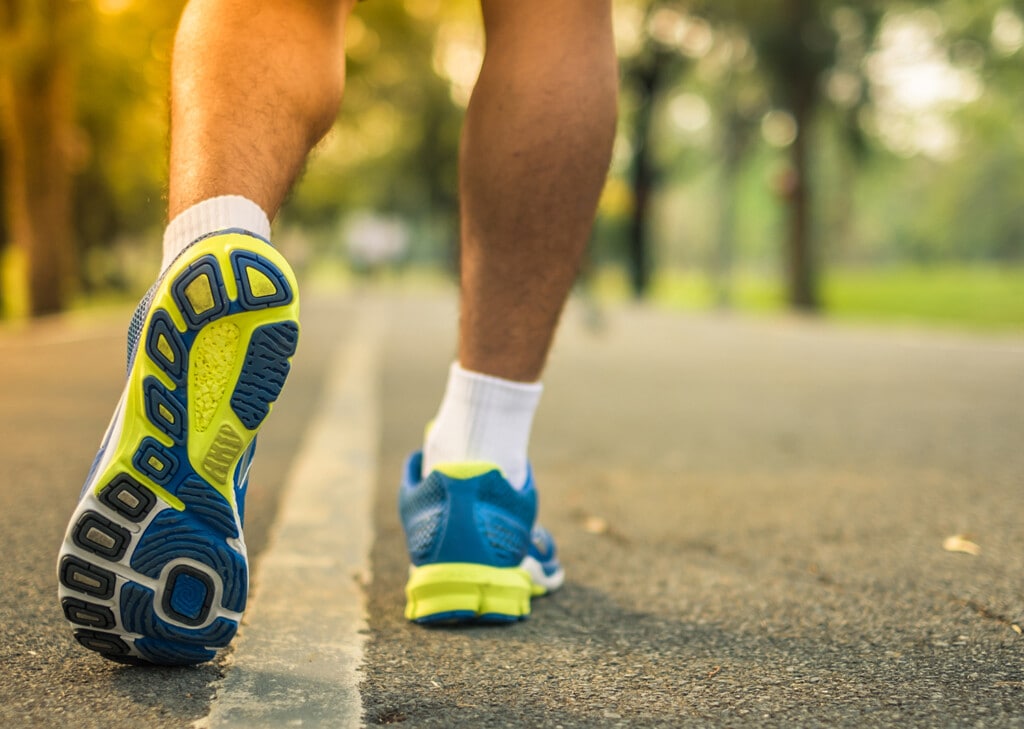
The Runner’s Lab team has been selecting the best shoes for any running style and experience level since 2017. We sift through reviews from industry experts and casual and more dedicated athletes to find the consensus about each type of shoe.
Runners can have differing opinions on the key features of their chosen shoes. We always aim to establish a balance between reviews, checking specialty articles, and scientific evidence against personal claims.
Wherever possible, we highlight elements of our reviews that are completely down to personal choice. In the case of running shoes for supination, it’s difficult to pinpoint the perfect shoe design. This is mainly because there is no clear market or direct advice around supination. However, we’ve aimed to show you what the science suggests, combined with what our experience as runners taught us.
Our Selection of the Best Supination Running Shoes for 2024
The best shoes for supination offer shock absorption and gentle stability features. They shouldn’t be uncomfortable for those with high arches. And they need to accommodate heel strikers and mid to fore-foot strikers alike. Here’s a selection of those who tick these boxes.
Comparison Table
| Shoe | Heel height | Drop | Weight | Cushioning | Best for | Best offer |
|---|---|---|---|---|---|---|
Brooks Ghost 15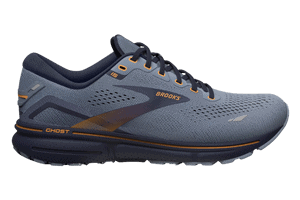 | 35 mm | 12 mm | 272 g/9.6 oz | Balanced | Overall | Check prices → |
Nike Air Zoom Pegasus 39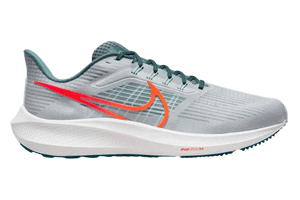 | 28 mm | 10 mm | 255 g/9 oz | Balanced | Road-to-trail | Check prices → |
Adidas UltraBOOST 22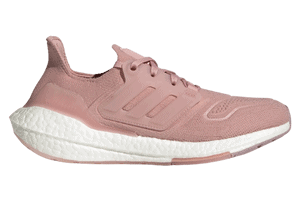 | 31 mm | 10 mm | 283g/10 oz | Balanced | Women | |
New Balance Fresh Foam 1080 v12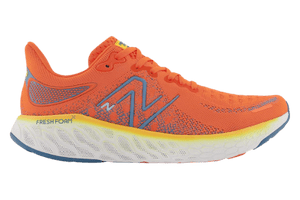 | 34 mm | 8 mm | 292 g/10.3 oz | Balanced | Wide Feet | Check prices → |
Adidas Supernova 2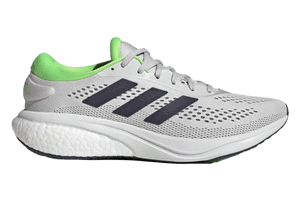 | 25 mm | 9 mm | 275g/9.7 oz | Balanced | Budget | Check prices → |
Saucony Triumph 20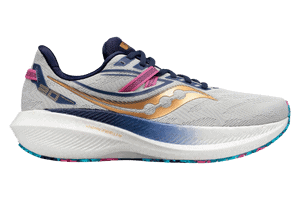 | 37 mm | 10 mm | 274g/9.7 oz | Soft | Best Cushion | Check prices → |
Asics Gel Nimbus 24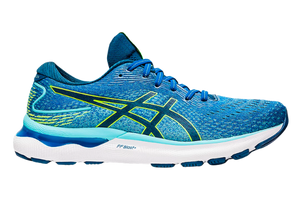 | 26 mm | 10 mm | 292 g/10.3 oz | Balanced | Long-Distance Running | Check prices → |
Hoka Tecton X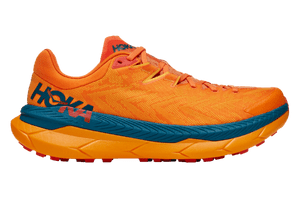 | 33 mm | 4 mm | 252 g/8.9 oz | Soft | Trail running | Check prices → |
1. Brooks Ghost 15: Overall Best for Supination
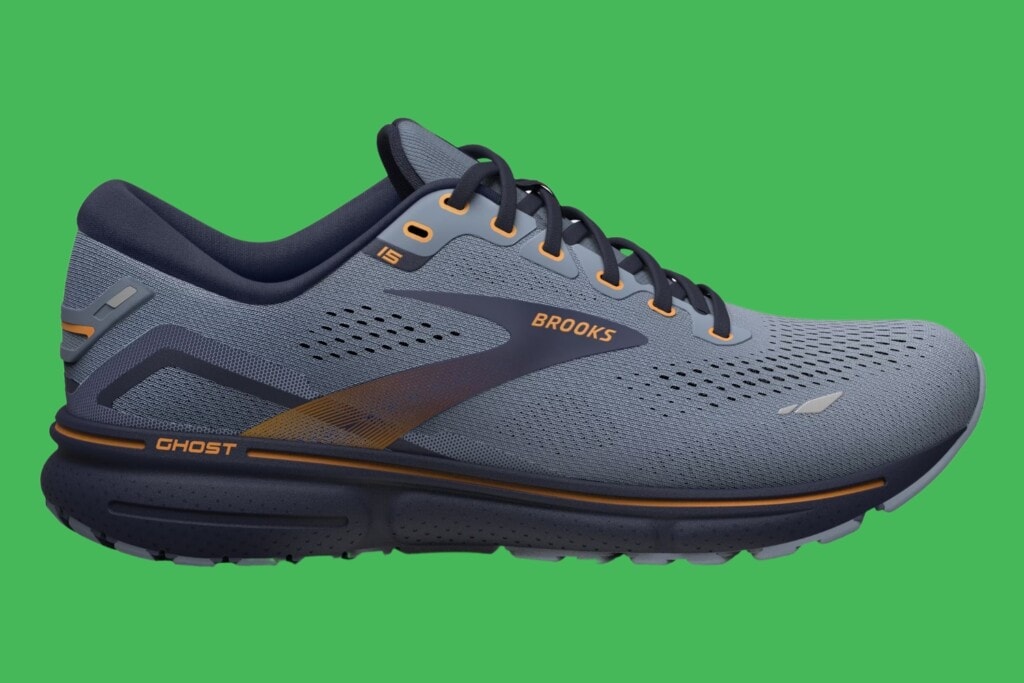
Brooks makes some of the best running shoes for gentle and non intrusive posture support. The Ghost model has long been a huge favorite for road runners thanks to its great recipe of optimally cushioned midsole, smooth transitions and breathable mesh upper. This is a great daily trainer that offers good value, good comfort and durability. That’s what places it among the most popular of Brooks shoes.
The Brooks Ghost 15 (the latest iteration) doesn’t bring a lot of change to the line. It presents a comfortable 12 mm (0.5 in) heel-to-toe drop and excellent outsole grip for road running. At 272 g (9.6 oz) for the men’s shoes, they’re lighter than the Ghost 14 thanks mainly to lighter foam in the midsole. Some other key features include an engineered double Jacquard mesh and a segmented crash pad for soft landing and forward rolling.
Pros
Cons
2. Nike Air Zoom Pegasus 39: Best Road-to-Trail
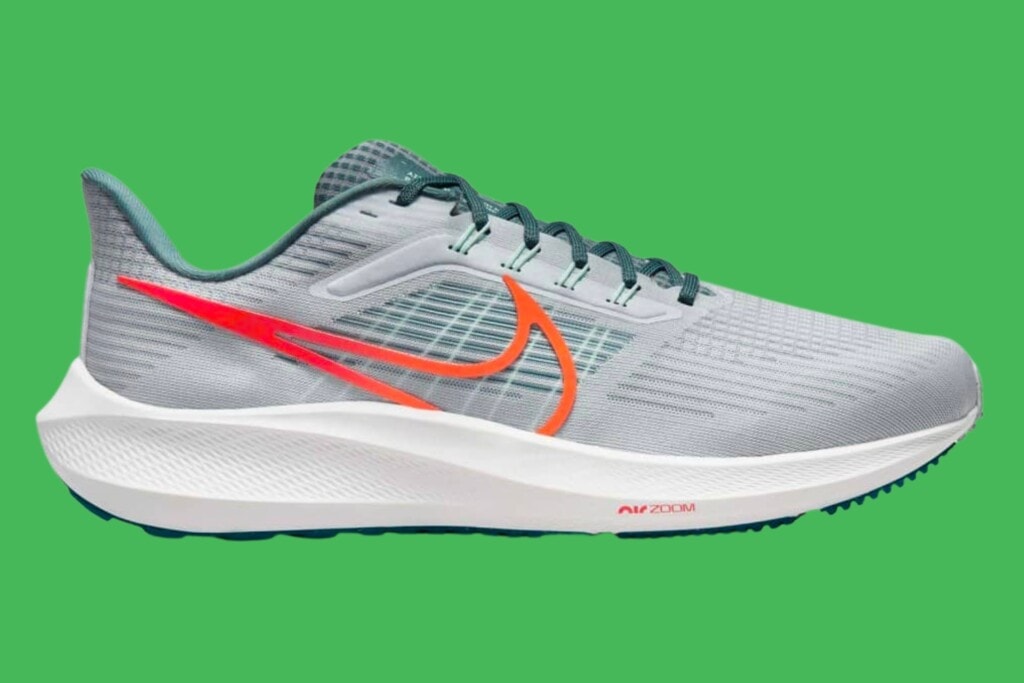
A great neutral shoe from Nike, the Air Zoom Pegasus 39 is another popular road running shoe with neutral support. It benefits from the Nike React midsole foam, giving a little more bounce than the Brooks Ghost 15. At the same time, this is a rather tame shoe compared to the Nike array of super runners.
The 10 mm (0.3 in) drop makes it accessible and easy to lace up for runs or walking. There are two Nike Air Zoom unit pods in the forefoot and under the heel to improve heel-to-toe transitions and propulsion.
Finally, the rubber outsole is grippy and versatile enough to take you from the roads to easy trails. This is why the Pegasus 39 gets our vote for an all-around everyday trainer.
Pros
Cons
3. Adidas UltraBOOST 22: Best Shoes for Underpronating Women
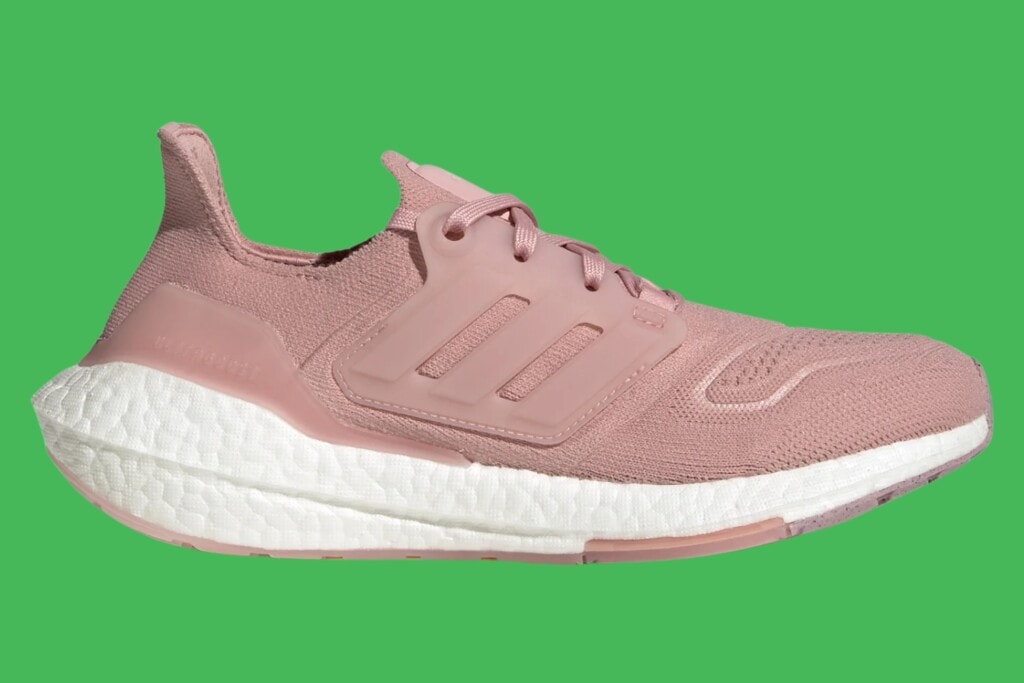
The market for women’s shoes has grown significantly in recent years. Most brands have developed shoes with the female morphology in mind, and Adidas delivers an excellent model with the UltraBOOST 22.
This iconic shoe has a comfortable midsole featuring Adidas’ BOOST foam and a Linear Energy Push design which aims to increase speed and responsiveness. To make the shoe comfortable for women, there’s a lower instep and a narrower heel collar. And there’s a spacious toe box that accommodates foot swelling during the run.
Finally, the UltraBOOST’s Stretchweb outsole features all-natural rubber that supports the foot through fatigue. This is what makes it a good running shoe for those looking for some stability without it becoming overbearing.
Pros
Cons
4. New Balance Fresh Foam 1080 v12: Wide Feet Top Choice
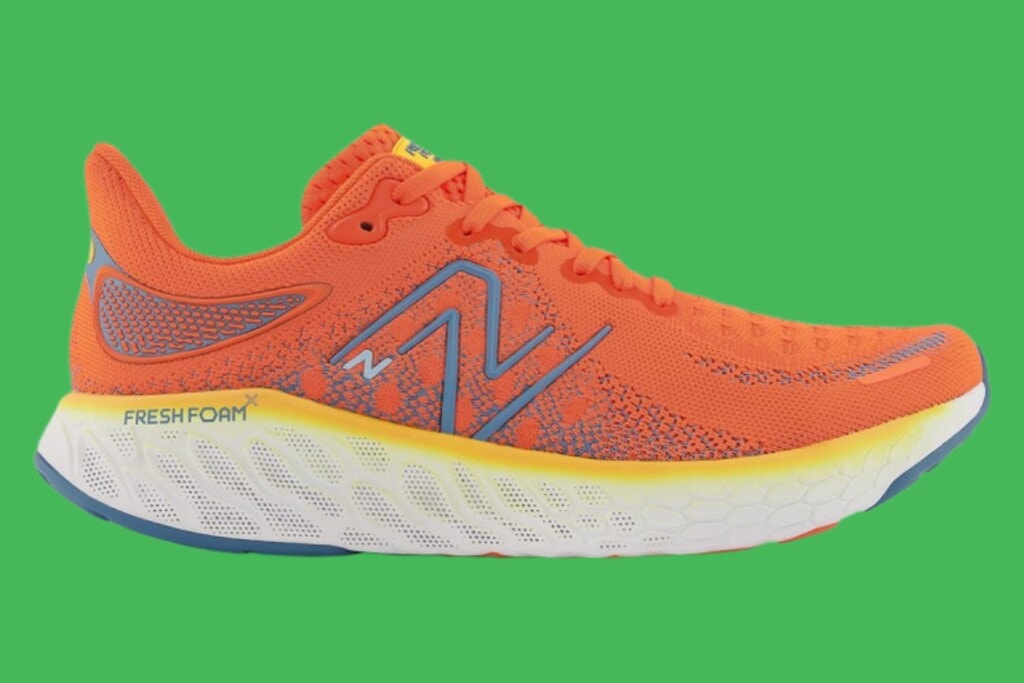
Some of the best running shoes for wide feet tend to come from New Balance. The Fresh Foam 1080 is now in its 12th version and delivers excellent shock absorption, stability and support for all types of terrain. These running shoes are comfortable on trails as well as on pavement and their wide toe box will provide protection for your big toe and allow for natural foot expansion.
Although the New Balance Fresh Foam 1080 will delight wide footed runners, it is also a great neutral running shoe for narrower feet. That’s thanks to the Hypoknit breathable mesh upper and sturdy lacing system, that will deliver perfect foot lockdown. This way you can take advantage of their amazing extra cushioning regardless of your foot size.
Pros
Cons
5. Adidas Supernova 2: Best Supination Running Shoes on a Budget
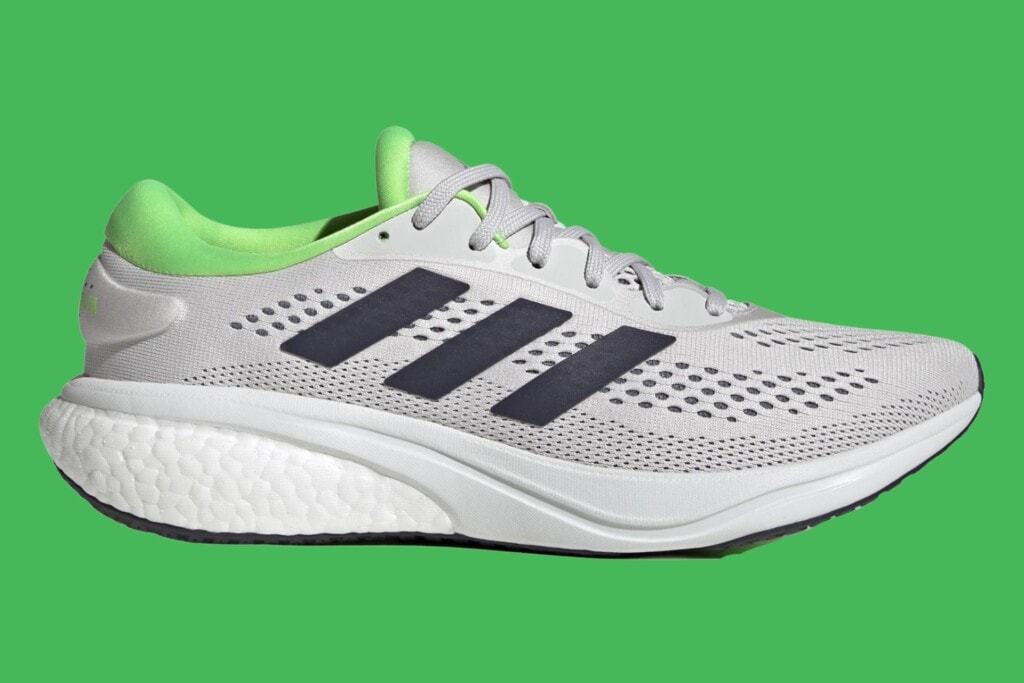
The second pair of Adidas shoes in this review offers exceptional value for money. The Supernova 2 features a good amount of the brand’s BOOST foam to give a comfortable level of underfoot cushioning, while the second version of the shoe has increased softness in the heel and tongue compared to the first model.
The ride places the Supernova 2 firmly in the category of neutral shoes. There’s the added benefit of a firmer EVA foam frame that adds stability on the sides, too. Retailing around $100, these shoes are comfortable for high arches thanks to the softness and flexibility in the cushioning. They are versatile for the relatively low price and perform well on all types of terrain.
Finally, with a comfortable 9 mm drop and medium stack height, they’re great for beginner runners, too.
Pros
Cons
6. Saucony Triumph 20: Best Cushioned Shoe
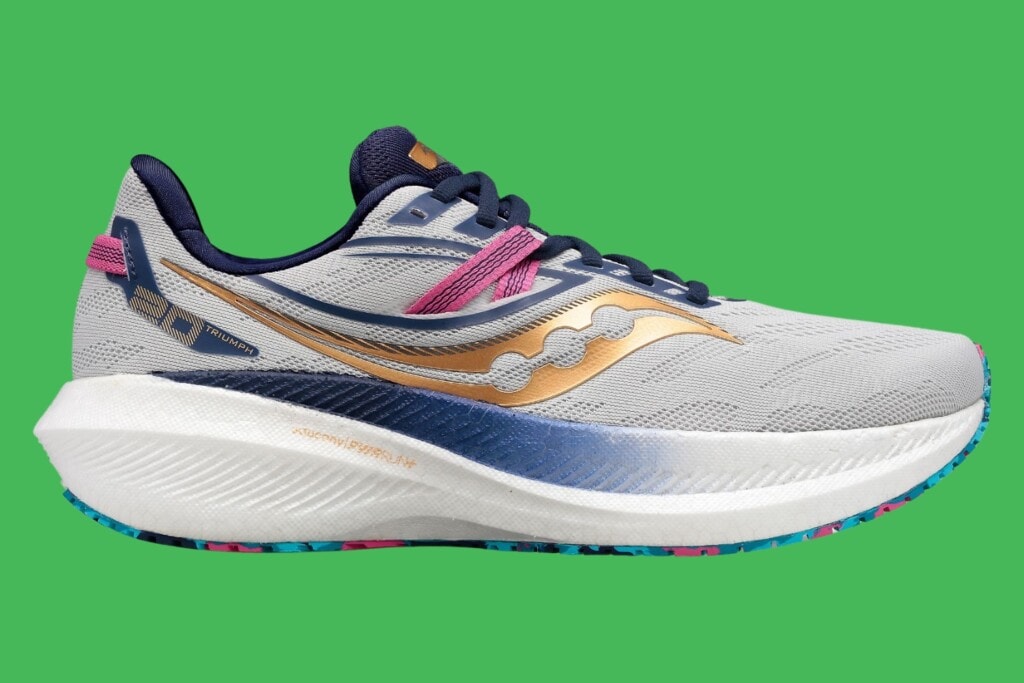
It’s tough to pick the best cushioned running shoes for supination, as many of the models we’ve reviewed here could fit the bill. It’s the plush feel combined with the neutral pronation support and the tech behind the triumphant (pun intended!) Endorphin that makes the Saucony Triumph 20 the best pick in the high cushion category.
With a stack height of 37 mm (1.5 in) under the heel and 27 mm (1.1 in) under the toes, these shoes deliver max cushioning. The 10 mm (0.4 in) drop makes them super comfortable, too, and the underfoot foam is actually deceptively light. Using the PWRRUN+ technology, the midsole provides energy return to keep you going for longer. And there is a perfectly breathable thin mesh upper that locks feet in place.
These running shoes offer a boost from stability to speed and endurance. An absolute triumph, literally.
Pros
Cons
7. Asics Gel Nimbus 24: Best for Long Distance Running
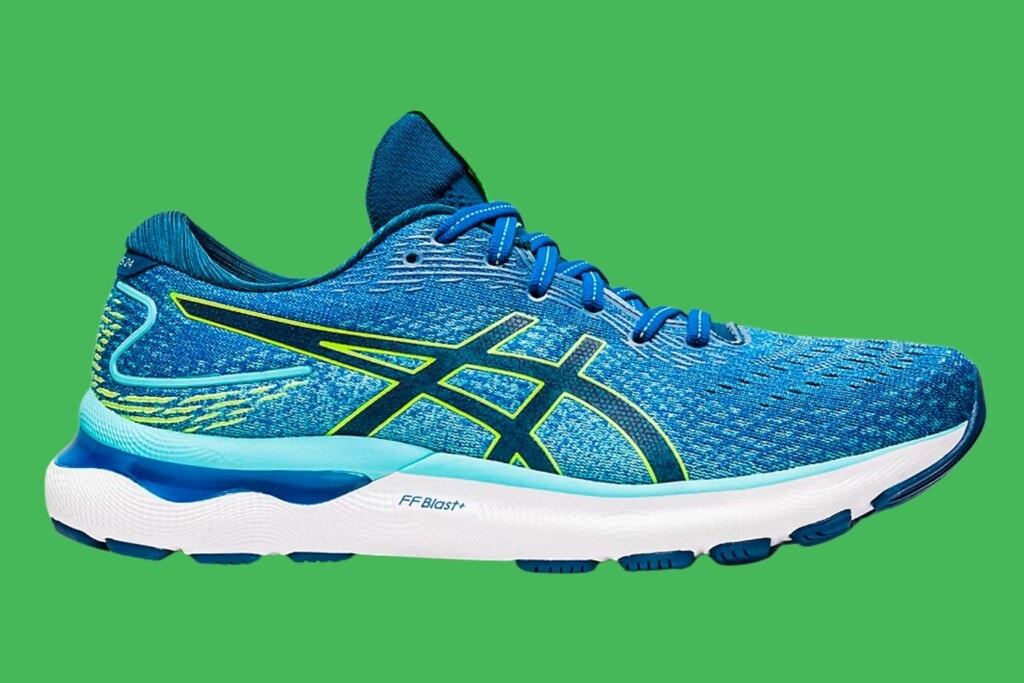
If you want to feel the same level of plus cushioning while also staying comfortable for long runs, the best running shoes for supinators and neutral gait remain the Asics Gel Nimbus. Now on its 24th version, this design has it all: good shock absorption, breathable and soft upper, good foot lockdown, bounce and a decent weight to comfort ratio.
The Gel Nimbus 24 weighs 292 g (10.3 oz) in men’s size 42 and features a 10 mm (0.4 in) drop. It’s a running shoe designed for long distances and for running often. This means it’s durable and good value for money, too.
Pros
Cons
Bonus: Hoka Tecton X – The Best Trail Running Shoes for Supinators
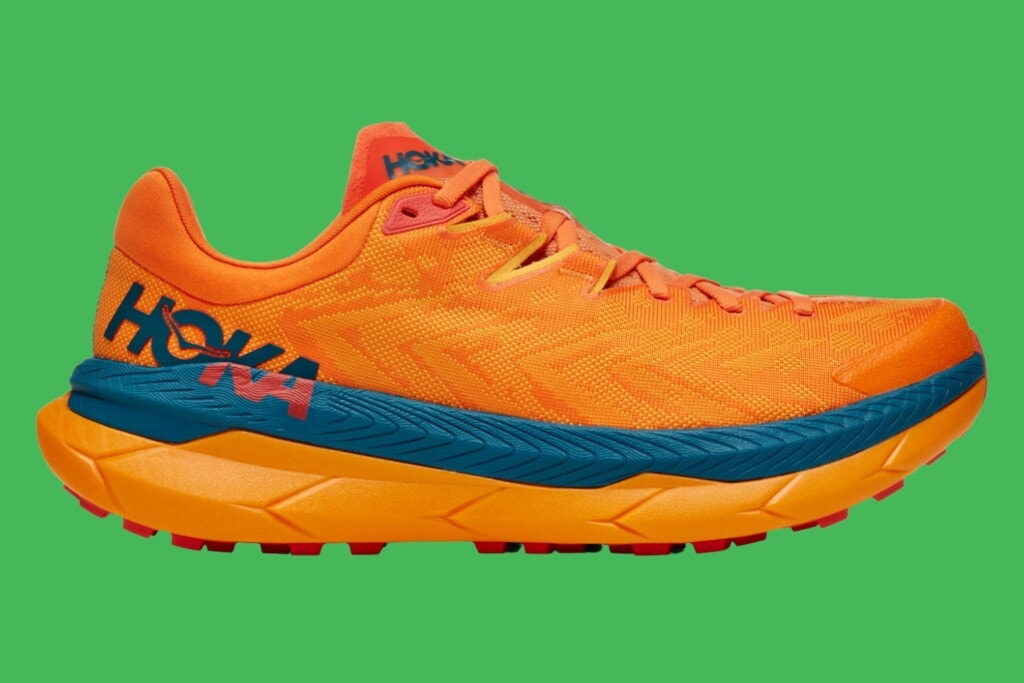
Hoka One One brought carbon plates to the trail with their impressive Tecton X. This lightweight trail running shoe has better shock absorption than expected given the double plated design. It is a fantastic shoe for supinators who like to run off road.
With a lower drop (a classic 4 mm (0.1 in) typical for Hoka), the Tecton X are flexible enough for most trails. They don’t perform too well on technical terrain, but they’re great for everyday runs and longer distance on wide forest trails and even single track. The outsole includes Vibram Mega-grip Litebase technology that gives good grip on wet surfaces, too.
Without extra support for a high arch, the Tecton X are brilliant for neutral and supinating runners.
Pros
Cons
What Makes Good Supination Shoes?
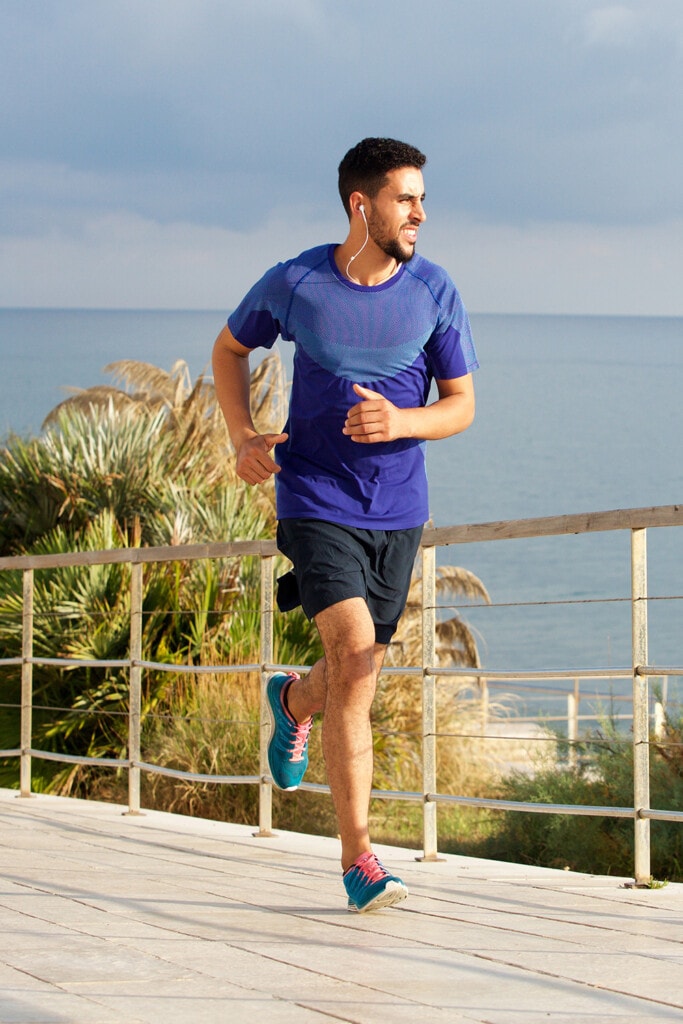
What’s Supination?
Supination is a gait type that describes runners whose foot rolls outward while running, causing them to predominantly land on the outer edge of their foot. Also called under-pronation, supination is the opposite of over-pronation in which the foot of the runner rolls inwards
Supination applies to 10-15% of the population (2). By comparison, various sources show that around half to 60% of runners are over-pronators. This explains why running shoe manufacturers don’t have so many models targeting specifically supinators.
How to Know if You’re a Supinated Runner
Here are the criteria you should check:
- You have high arches – a pronounced gap under the arch of your foot
- You can check this by stepping out of the shower with wet feet and walking around a bit. Check your foot prints, is there a space where the arch of your foot should be landing?
- The soles of your shoes are worn on the outside because of the lateral movement of your foot when you land
- Your ankle rolls outwards when you run. This requires a bit of mindful running, but pay attention to how your feet move when doing an easy run on flat ground. You can ask someone to record you.
- Your small toes are often sore or red when you step out of your running shoe after a run (caused by the pressure exerted by your foot as it rolls outwards, crushing them against the side of the shoe)
- You can also consult a physiotherapist or podiatrist or get a running gait analysis in a specialized store to confirm the above.
Supination and Injury Risk
What’s the risk of supinating, you might wonder? Like with any exaggerated movement, your whole body could suffer from how your feet land. Here are some of the most common injuries that coaches and runners suggest:
- Plantar fasciitis
- Ankle sprains and discomfort
- Shin splints
You might also suffer from ankle pain because of stiffness and lack of mobility.
However, as mentioned before, there are not enough studies to affirm that there’s a causal link between overpronation and injuries. As usual, we recommend you focus on comfort. If you feel there’s something wrong or unpleasant while you run, then you should look into different shoes to alleviate the problem.
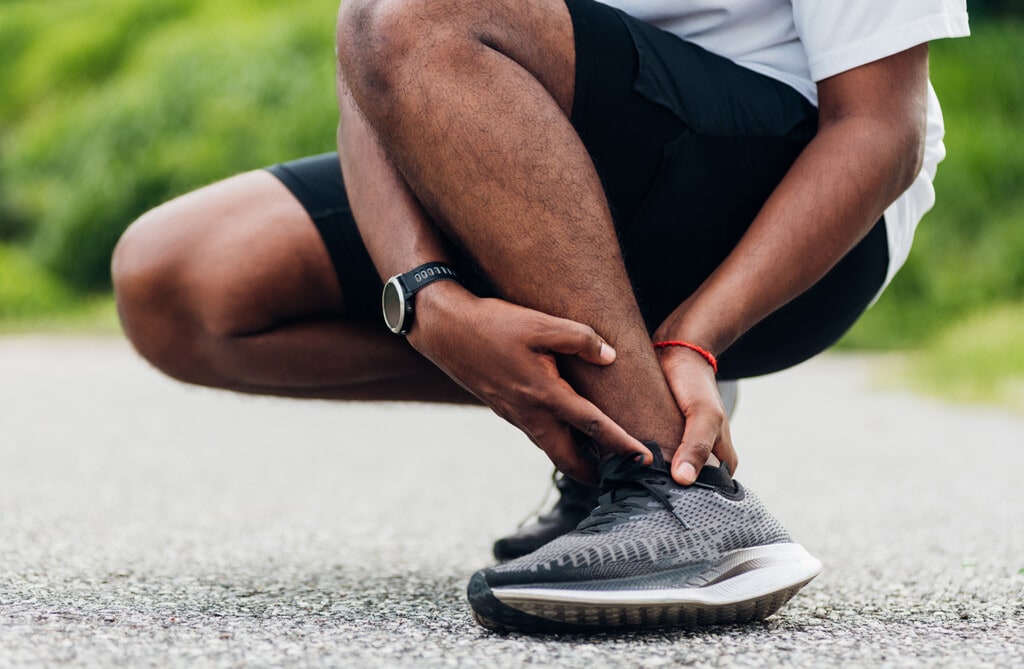
What Kind of Support Do Supinators Need?
Unlike pronators, supinators don’t benefit from shoe designs specifically made for their landing style. Some runners enjoy good arch support from their shoes, but this is a matter of preference. It can actually feel uncomfortable if you’re not used to it, and it runs the risk of pushing your foot outwards even more.
A study has shown (2) that motion-control shoes can reduce the risk of injury for overpronators but have no effect for supinators. This was confirmed by another one that also couldn’t find any benefit of using motion-control shoes as an underpronator (3).
The conclusion is that neutral shoes and shoes with good cushioning are the best options for supinators. Anecdotal evidence also shows that running in lighter and more flexible shoes is better. This helps those with rigid ankles develop better running form and avoids any unwanted pressure on the feet and ankles.
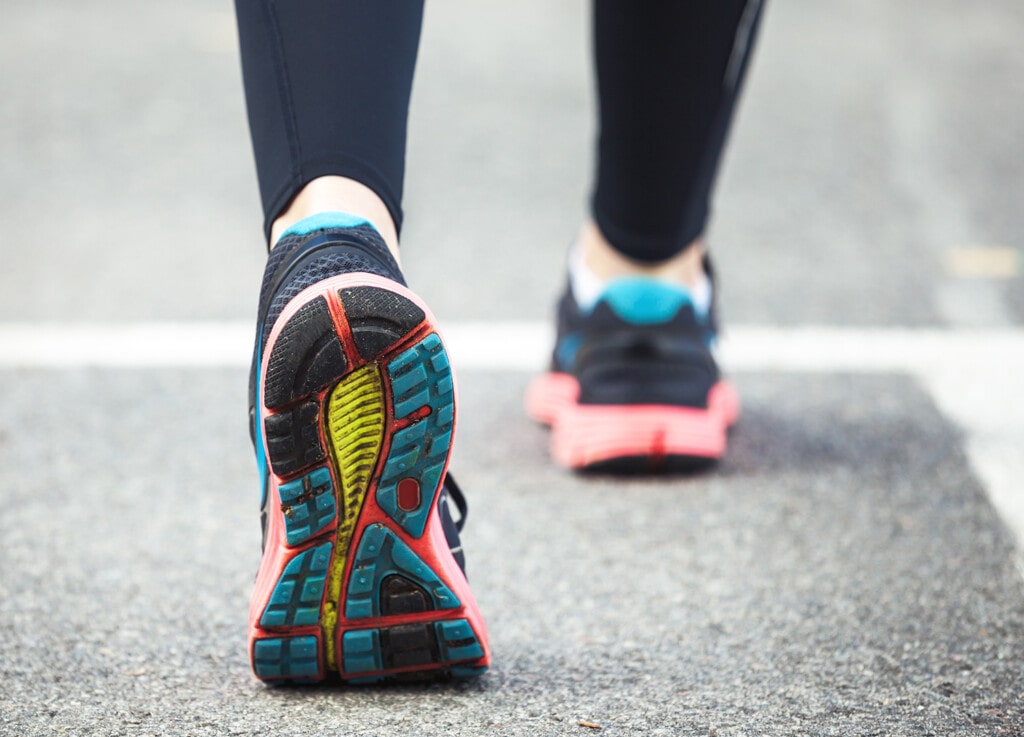
How to Pick the Best Supination Shoes
To find the right running shoes for foot supination, you need to first analyze your gait to confirm that you fall in this category. Remember: even if you have a high arched foot, you may be landing in the middle and not be a supinator.
Our tips for picking the best shoes for supination are:
- Always try shoes in the store for the first time. This way, you can confirm your size with each brand and get a feel for comfort features like the toe box size, how tight the ankle collar is, etc.
- Value lightweight materials to avoid your ankles being made even more rigid by heavy shoes
- Try your shoes by walking first, then running progressively longer distances, to allow your feet and your running stride to adapt to the design
Extra Tips for Supinators
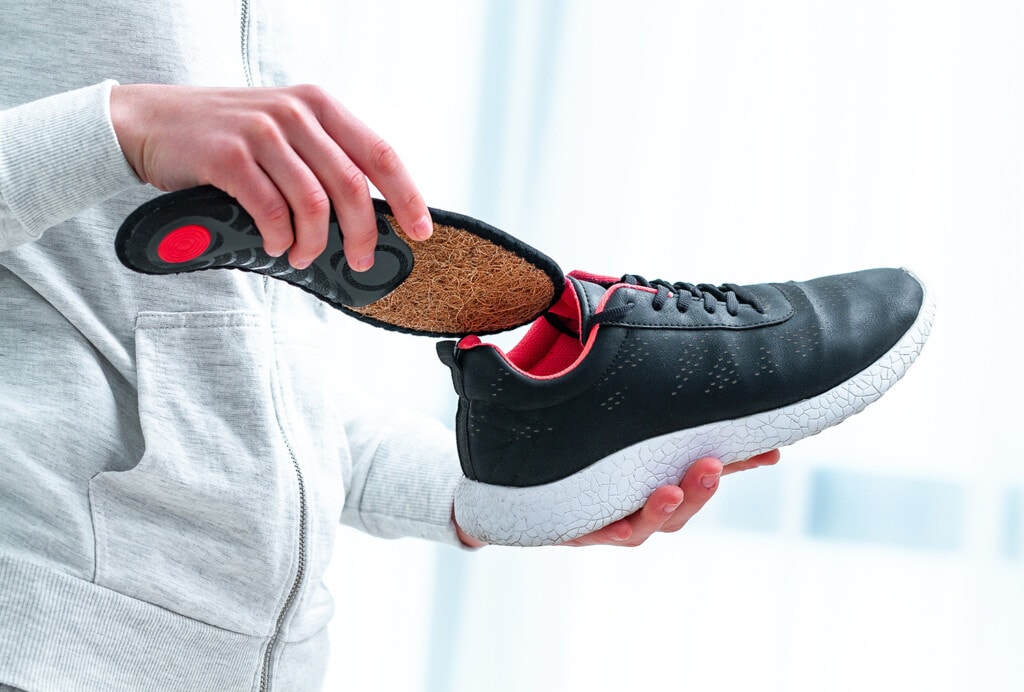
- Don’t just reach for a stability shoe as you may find that the supinating foot finds the inner edge support (for high arches) uncomfortable
- Additionally, stability shoes tend to be too rigid for an already rigid ankle in supinators
- Focus on developing good running technique by practicing running drills and adding some high cadence intervals during your recovery runs
- Sometimes, supinating starts after an injury or can be caused by inadequate shoes. If you’re recovering from injury, ensure you work with a physio to come back to good running form.
- You may also benefit from orthotics. These are inserts for your running shoes, easy to find in-store or online. However, the best way to get the right ones for you is to have them custom-made by a podiatrist.
- Ensure you stretch regularly and work on your ankle and lower leg mobility. This will prevent shin splints and ankle sprains. The more mobile your ankles, the better you will run on trails, too.
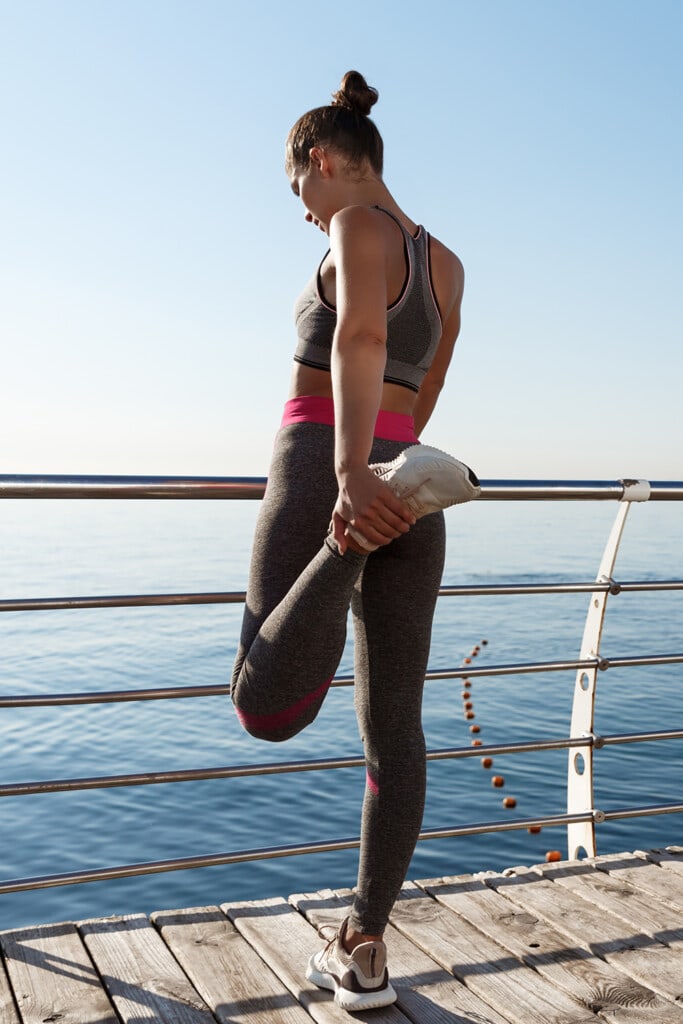
Frequently Asked Questions (FAQs)
There are no recognized stability shoes for supination. The term is actually associated with support offered for overpronators. In the case of supination, most experts recommend a neutral running shoe with gentle support for your joints and feet.
This all depends on how you define “supportive shoes.” Shoes with a good heel and ankle collar that maintain good running form are beneficial. In addition to a secure fit, some key features of shoes for supinators include responsive cushioning and a roomy toe box to allow the smaller toes room when excess pressure is applied to the outside of the foot.
Whether for short or long distance runs, it appears that neutral running shoes with good levels of cushioning and a decent foot lockdown are the best options for supinators. Instead of excessive support for high arches, supinators should favor lightweight shoes that don’t put pressure on their ankles. What makes neutral shoes good for supinators is also the opportunity to focus more closely on running form, than relying on artificial features to guide your stride.
Walking puts less pressure on your feet and joints. This means that specific shoes for supination are less relevant. You can wear neutral shoes designed for hiking or walking or running shoes with moderate support, like the Brooks Glycerin 20 or the Hoka Bondi 8 (for a lower drop but high cushioning).
Excessive arch support (with medial post, for example) can sometimes worsen supination, so you should be careful with this choice. It is preferable to develop foot and leg strength and mobility through exercises and working on your running form than to rely on a support feature of your shoe. However, in some cases, arch support could be useful, but this is a matter of personal preference.
References
Overpronation
Cleveland Clinic
https://my.clevelandclinic.org/health/diseases/22474-overpronation
Injury risk in runners using standard or motion control shoes: a randomised controlled trial with participant and assessor blinding
Laurent Malisoux et al. (2016)
British Journal of Sports Medicine
https://bjsm.bmj.com/content/50/8/481
Motion-Control Shoes Reduce the Risk of Pronation-Related Pathologies in Recreational Runners: A Secondary Analysis of a Randomized Controlled Trial
Tine Marieke Willems et al. (2020)
The journal of orthopaedic and sports physical therapy
https://pubmed.ncbi.nlm.nih.gov/33306927/

